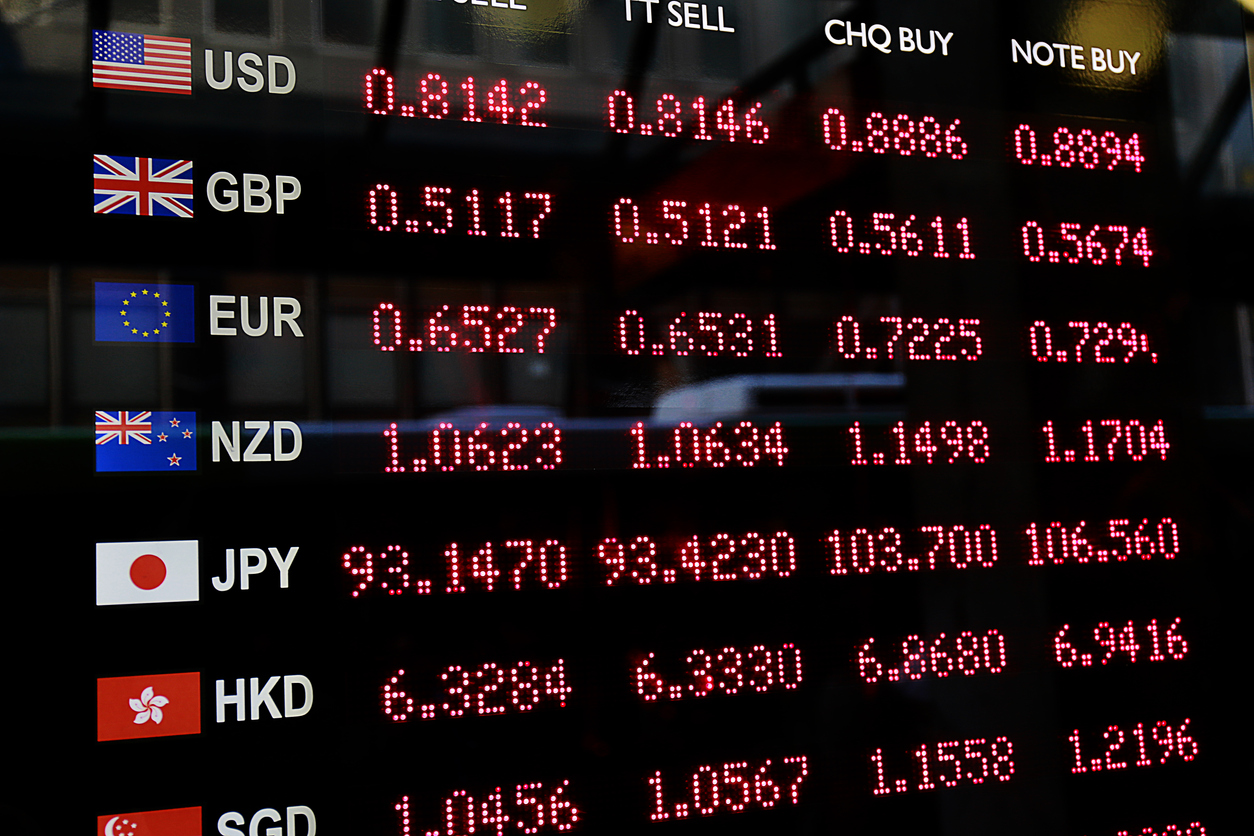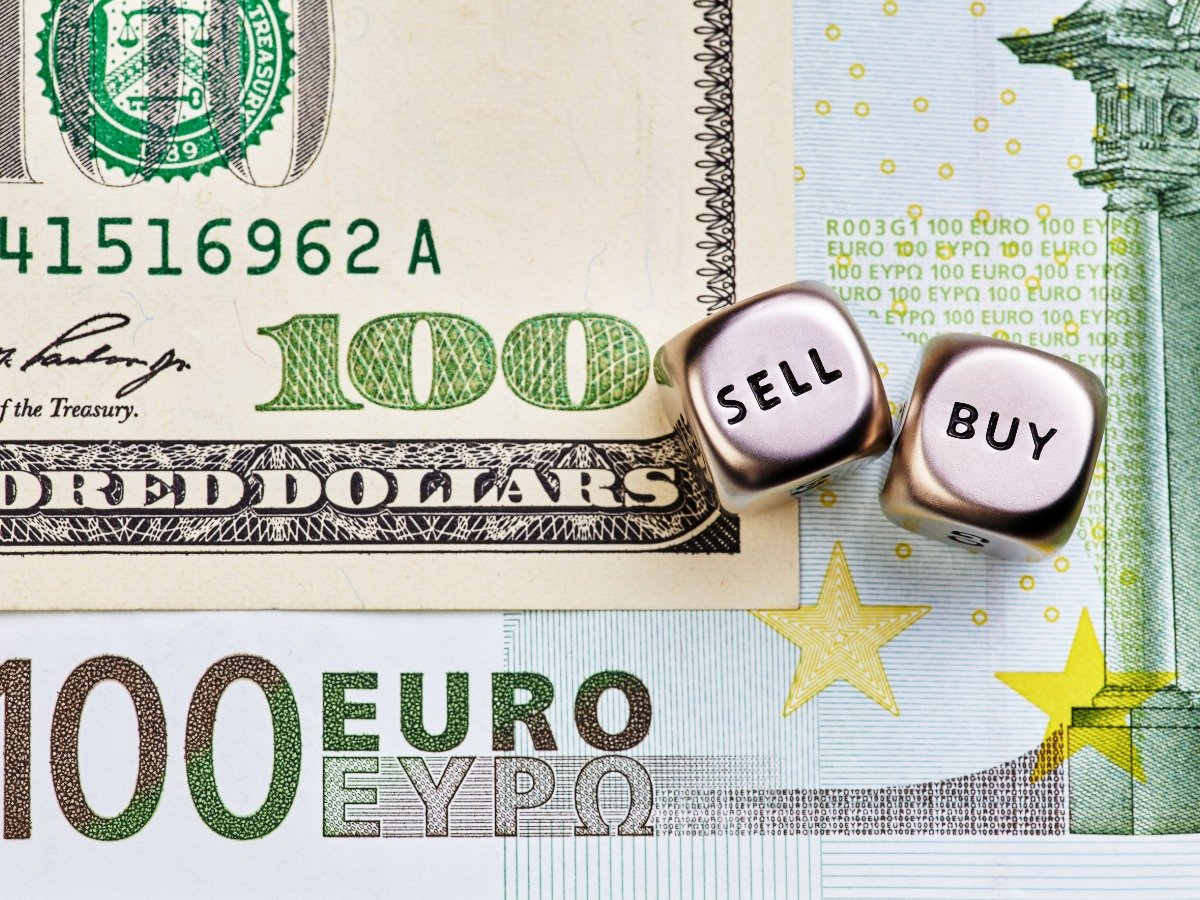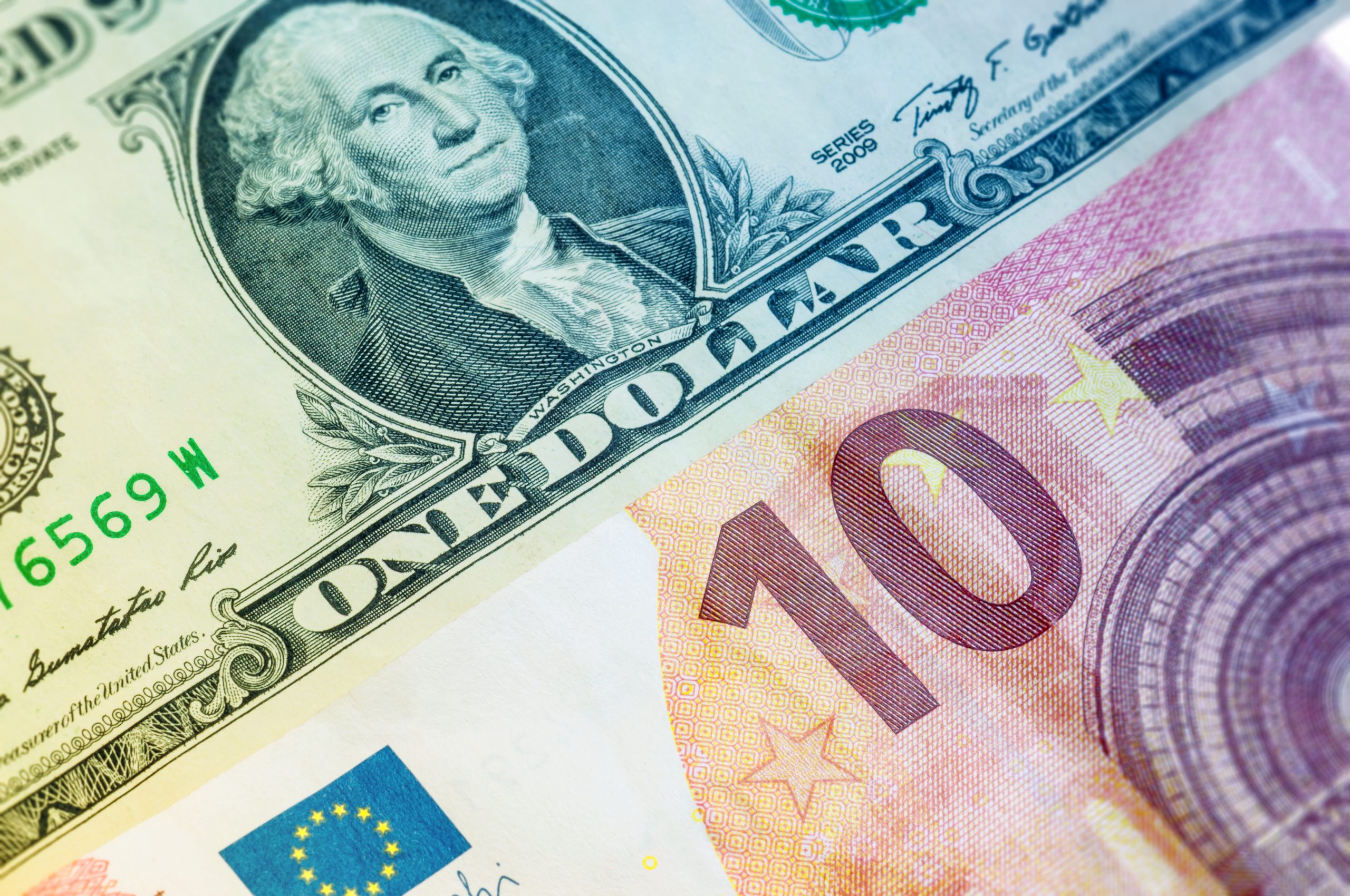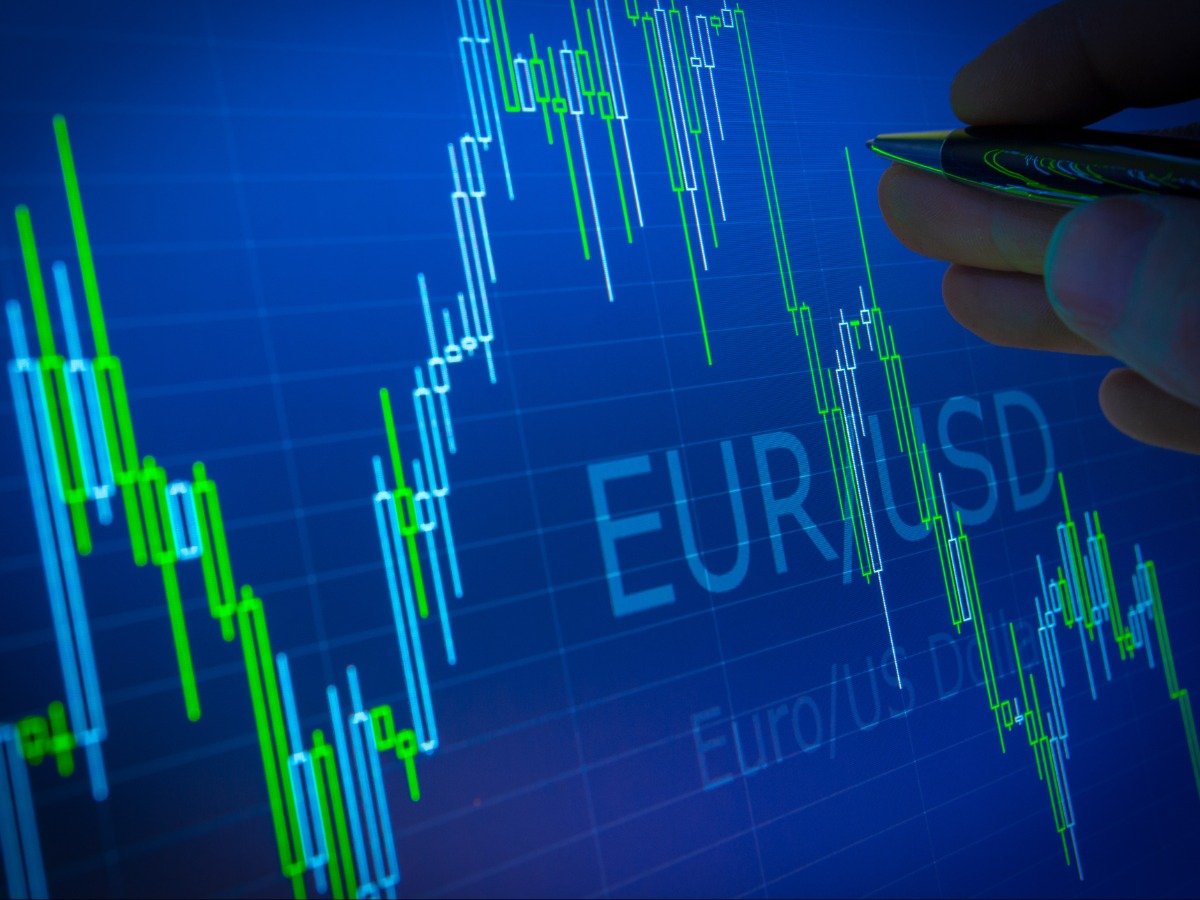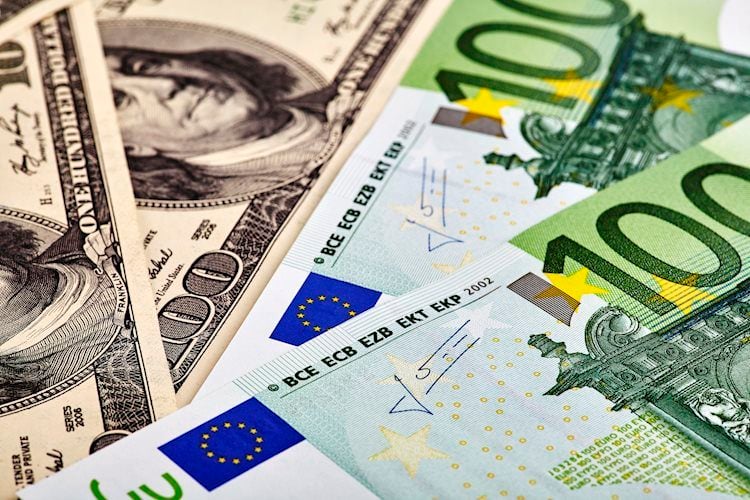Understanding Currency Exchange Rates
In the global economy, currency exchange rates play a vital role in international transactions. When converting 100,000 euros to US dollars, understanding how exchange rates work is crucial. A currency exchange rate represents the value of one currency in terms of another. For instance, the EUR/USD exchange rate determines how much one euro is worth in US dollars.
Exchange rates are not fixed and can fluctuate constantly due to various market and economic factors. These fluctuations can significantly impact the value of your money. For example, if the EUR/USD exchange rate increases, your 100,000 euros will be worth more in US dollars. On the other hand, a decrease in the exchange rate will reduce the value of your euros.
Understanding currency exchange rates is essential for making informed decisions in international transactions. It can help you avoid potential losses and make the most of your money. Whether you’re an individual sending money abroad or a business importing goods from another country, knowing how exchange rates work can give you a competitive edge in the global market.
How to Convert 100,000 Euros to US Dollars
Converting 100,000 euros to US dollars involves understanding the current exchange rate and any relevant fees or charges. As of the current date, the EUR/USD exchange rate is approximately 1.12, which means that 1 euro is equivalent to 1.12 US dollars. To convert 100,000 euros to US dollars, you can multiply the amount by the exchange rate.
The calculation would be: 100,000 EUR x 1.12 USD/EUR = 112,000 USD
However, it’s essential to note that this is the interbank exchange rate, which is not available to individual consumers. Banks, currency exchange offices, and online converters may charge fees or offer less competitive exchange rates, which can affect the final amount you receive.
For example, if a bank charges a 1% fee on the transaction, you would receive: 112,000 USD – 1,120 USD (fee) = 110,880 USD
When converting 100,000 euros to US dollars, it’s crucial to research and compares rates from different providers to get the best deal. Additionally, understanding the fees and charges associated with the conversion process can help you make informed decisions and avoid potential losses.
The Impact of Exchange Rates on International Trade
Exchange rates play a crucial role in international trade, as they affect the cost of imports and exports, and ultimately, the overall economy. A country’s exchange rate can influence its trade balance, inflation, and economic growth. When converting 100,000 euros to US dollars, understanding the impact of exchange rates on international trade is essential.
A depreciation of the euro against the US dollar, for instance, makes European exports cheaper for American consumers, which can increase demand and boost European exports. On the other hand, a appreciation of the euro makes European exports more expensive, which can lead to a decrease in demand and negatively impact European exporters.
In addition, exchange rates can affect the cost of imports. If the euro depreciates against the US dollar, imports from the US become more expensive for European consumers, which can lead to higher prices and inflation. Conversely, an appreciation of the euro makes imports cheaper, which can lead to lower prices and increased consumer spending.
The impact of exchange rates on international trade is not limited to the euro and US dollar. Exchange rates affect trade relationships between countries worldwide, influencing the flow of goods and services across borders. Understanding the dynamics of exchange rates is crucial for businesses and individuals involved in international trade, as it can help them make informed decisions and navigate the complexities of global trade.
Factors Affecting the EUR/USD Exchange Rate
The EUR/USD exchange rate is influenced by a complex array of factors, including economic indicators, geopolitical events, and central bank policies. Understanding these factors is crucial for individuals and businesses involved in international transactions, such as converting 100,000 euros to US dollars.
Economic indicators, such as GDP growth rates, inflation rates, and unemployment rates, play a significant role in shaping the EUR/USD exchange rate. For instance, a strong economy with low unemployment and high GDP growth in the US can lead to a stronger US dollar, causing the EUR/USD exchange rate to appreciate.
Geopolitical events, such as elections, trade wars, and natural disasters, can also impact the EUR/USD exchange rate. For example, the Brexit referendum in 2016 led to a significant depreciation of the euro against the US dollar, as investors sought safe-haven assets.
Central bank policies, including interest rates and quantitative easing, can also influence the EUR/USD exchange rate. The European Central Bank’s (ECB) decision to implement negative interest rates in 2014, for instance, led to a depreciation of the euro against the US dollar.
Other factors, such as commodity prices, trade balances, and market sentiment, can also affect the EUR/USD exchange rate. Understanding the complex interplay between these factors is essential for making informed decisions when converting 100,000 euros to US dollars.
By recognizing the key factors that influence the EUR/USD exchange rate, individuals and businesses can better navigate the complexities of international transactions and make informed decisions when converting currencies.
Using Currency Conversion Tools and Services
When converting 100,000 euros to US dollars, individuals and businesses have a range of currency conversion tools and services at their disposal. Understanding the benefits and drawbacks of each option is crucial for making informed decisions and minimizing costs.
Online currency converters, such as XE.com or Oanda.com, provide a quick and easy way to convert currencies. These tools are often free, convenient, and provide up-to-date exchange rates. However, they may not offer the most competitive exchange rates, and fees may be hidden in the conversion process.
Banks are another popular option for currency conversion. They often offer competitive exchange rates, especially for large transactions like converting 100,000 euros to US dollars. However, banks may charge fees for their services, and the conversion process can be time-consuming and bureaucratic.
Currency exchange offices, such as Travelex or Western Union, provide a physical location for individuals to convert their currencies. They often offer competitive exchange rates and a range of services, including cash pickup and online ordering. However, fees can be high, and exchange rates may not be as competitive as those offered by banks or online converters.
Specialized currency conversion services, such as OFX or Currencies Direct, offer a range of benefits, including competitive exchange rates, low fees, and online platforms for managing transactions. These services are often designed for individuals and businesses making frequent international transactions.
When choosing a currency conversion tool or service, it is essential to consider factors such as exchange rates, fees, convenience, and security. By understanding the benefits and drawbacks of each option, individuals and businesses can make informed decisions and minimize costs when converting 100,000 euros to US dollars.
Managing Currency Risk in International Transactions
When converting 100,000 euros to US dollars, individuals and businesses are exposed to currency risk, which can result in significant losses or gains. Managing currency risk is crucial for mitigating the impact of exchange rate fluctuations on international transactions.
Currency risk arises from the uncertainty of exchange rate movements, which can affect the value of currencies. This risk can be managed through various strategies, including hedging, diversification, and currency forecasting.
Hedging involves reducing exposure to currency risk by taking positions in the foreign exchange market. For example, an individual converting 100,000 euros to US dollars can hedge against a potential depreciation of the euro by buying a call option on the euro.
Diversification involves spreading investments across different currencies to reduce exposure to any one currency. This strategy can help mitigate the impact of exchange rate fluctuations on international transactions.
Currency forecasting involves predicting future exchange rate movements to make informed decisions about currency conversion. This can be done through technical analysis, fundamental analysis, or a combination of both.
Other strategies for managing currency risk include forward contracts, options, and swaps. These instruments can help individuals and businesses lock in exchange rates, reducing the uncertainty of currency fluctuations.
In addition to these strategies, individuals and businesses can also manage currency risk by staying informed about market developments and economic indicators that affect exchange rates. This includes monitoring news, economic data, and central bank policies to anticipate potential changes in exchange rates.
By understanding the importance of managing currency risk and implementing effective strategies, individuals and businesses can minimize the impact of exchange rate fluctuations on international transactions, including converting 100,000 euros to US dollars.
Historical Exchange Rate Trends: EUR/USD Analysis
The exchange rate between the euro and US dollar has experienced significant fluctuations over the years, influenced by various economic and geopolitical factors. Understanding these historical trends is essential for individuals and businesses involved in international transactions, including converting 100,000 euros to US dollars.
In the early 2000s, the EUR/USD exchange rate was relatively stable, ranging between 0.80 and 1.20. However, the global financial crisis of 2008 led to a significant depreciation of the US dollar, causing the exchange rate to rise to 1.60.
In the following years, the exchange rate experienced a period of volatility, influenced by the European sovereign debt crisis and the subsequent quantitative easing policies implemented by the European Central Bank. The exchange rate fluctuated between 1.20 and 1.40, with a brief period of strength in 2012.
In 2015, the European Central Bank introduced a negative interest rate policy, which led to a depreciation of the euro and a subsequent increase in the exchange rate. The exchange rate reached a peak of 1.15 in 2016, before declining to 1.05 in 2017.
In recent years, the exchange rate has been influenced by the COVID-19 pandemic, trade tensions, and central bank policies. The exchange rate has fluctuated between 1.05 and 1.20, with a current rate of around 1.10.
Understanding these historical trends is crucial for individuals and businesses involved in international transactions, including converting 100,000 euros to US dollars. By analyzing these trends, individuals and businesses can make informed decisions about currency conversion and manage their exposure to exchange rate risk.
Moreover, understanding the factors that influence the EUR/USD exchange rate, such as economic indicators, geopolitical events, and central bank policies, can help individuals and businesses anticipate potential changes in the exchange rate and make informed decisions about their international transactions.
Conclusion: Mastering Currency Conversion for International Success
In conclusion, converting 100,000 euros to US dollars is a complex process that requires a deep understanding of currency exchange rates, conversion processes, and risk management strategies. By grasping the concepts outlined in this article, individuals and businesses involved in international transactions can navigate the complexities of currency conversion and make informed decisions about their financial transactions.
Understanding the importance of exchange rates, how to convert 100,000 euros to US dollars, and the impact of exchange rates on international trade is crucial for success in the global economy. Additionally, being aware of the factors that influence the EUR/USD exchange rate, using currency conversion tools and services, and managing currency risk can help individuals and businesses mitigate potential losses and maximize gains.
By mastering the art of currency conversion, individuals and businesses can unlock new opportunities in international trade, investment, and commerce. Whether you are an individual looking to convert 100,000 euros to US dollars or a business seeking to expand its global reach, understanding the intricacies of currency conversion is essential for achieving success in the global economy.
In today’s interconnected world, the ability to navigate currency conversion processes with confidence and precision is a critical skill for individuals and businesses alike. By following the guidelines and strategies outlined in this article, individuals and businesses can ensure that their international transactions are executed efficiently, effectively, and with minimal risk.

